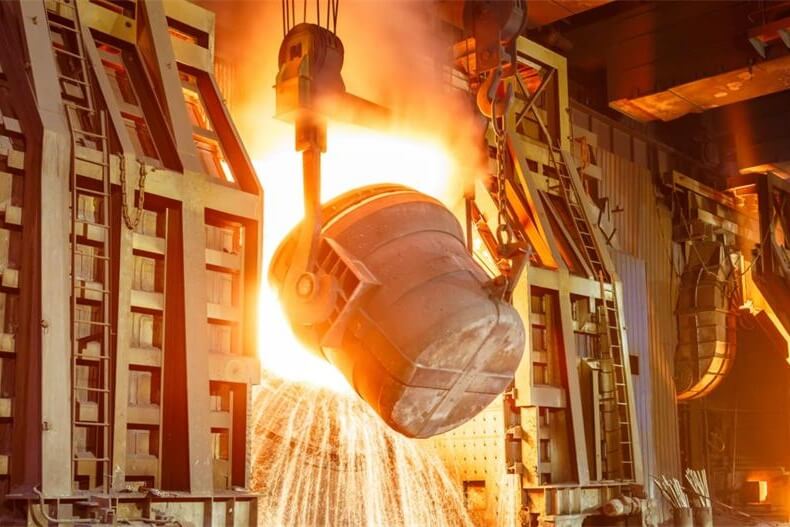
The development of copper smelting technology has gone through a long process, but so far copper smelting is still dominated by pyrometallurgy, and its output accounts for about 85% of the world's total copper output.
1) Pyro smelting is generally to first increase the raw ore containing a few percent or a few thousandths of copper to 20-30% through beneficiation, and use it as copper concentrate in a closed blast furnace, reverberatory furnace, electric furnace or flash furnace. The matte smelting is carried out, and the produced matte (matte) is then sent to the converter for blowing into blister copper, and then oxidized and refined to remove impurities in another reverberatory furnace, or cast into an anode plate for electrolysis to obtain a grade of up to 99.9% electrolytic copper. The process is short and adaptable, and the recovery rate of copper can reach 95%. However, because the sulfur in the ore is discharged as sulfur dioxide waste gas in the two stages of matte making and blowing, it is not easy to recover, and it is easy to cause pollution. In recent years, molten pool smelting such as silver method and Nolanda method and Japan's Mitsubishi method have emerged.
2) Modern hydrometallurgy includes sulfated roasting-leaching-electrowinning, leaching-extracting-electrowinning, bacterial leaching and other methods, which are suitable for heap leaching and tank leaching of low-grade complex ores, copper oxide ore, copper-containing waste ores or in situ leaching. Hydrometallurgical smelting technology is gradually being promoted, and it is expected to reach 20% of the total output by the end of this century. The introduction of hydrometallurgy has greatly reduced the smelting cost of copper.
